The Foundations of Davies Manor
Davies Manor, a historical gem in Bartlett, Tennessee, has a mysterious origin that adds to its allure. Built in 1807, the manor's original builders are a subject of debate among historians. Some attribute its construction to Thomas Henderson, while others believe Emmanuel Young was the mastermind. Regardless of its creator, the manor started as a humble one-room log cabin, a far cry from what it is today.
The architecture of the manor is a fascinating blend of simplicity and functionality. Built primarily from local timber, the structure showcases the craftsmanship of the early 19th century. The logs were carefully hewn and notched to fit together, creating a sturdy and weather-resistant dwelling.
Over the years, the manor underwent several changes, but its core structure remained intact. By 1837, it had expanded into a two-story building with additional rooms and amenities. This expansion marked a significant phase in the manor's history, setting the stage for its future prominence.
The Davies family came into the picture in 1851 when they acquired the property. Their arrival signaled a new chapter in the manor's history, transforming it from a simple dwelling into a symbol of southern heritage. The family's influence is evident in the manor's architecture, gardens, and the stories that fill its walls.
The Evolution of the Manor House
The Davies family played a pivotal role in shaping the manor into what it is today. William Early Davies and his sons Logan Early Davies and James Baxter Davies were instrumental in the property's development. They expanded the manor and diversified its functions, incorporating elements of southern plantation life.
The family's deep roots in the Methodist church influenced the manor's design and the activities within its walls. The estate was a gathering place for religious activities, community events, and social functions. It was a hub of cultural exchange and spiritual growth, reflecting the family's values and beliefs.
During the Civil War, the manor witnessed the tumultuous events that shook the nation. It served as a sanctuary for the Davies family, divided in their loyalties. The manor's walls could tell stories of secret meetings, whispered prayers, and the hopes and fears of a family caught in a nation's struggle.
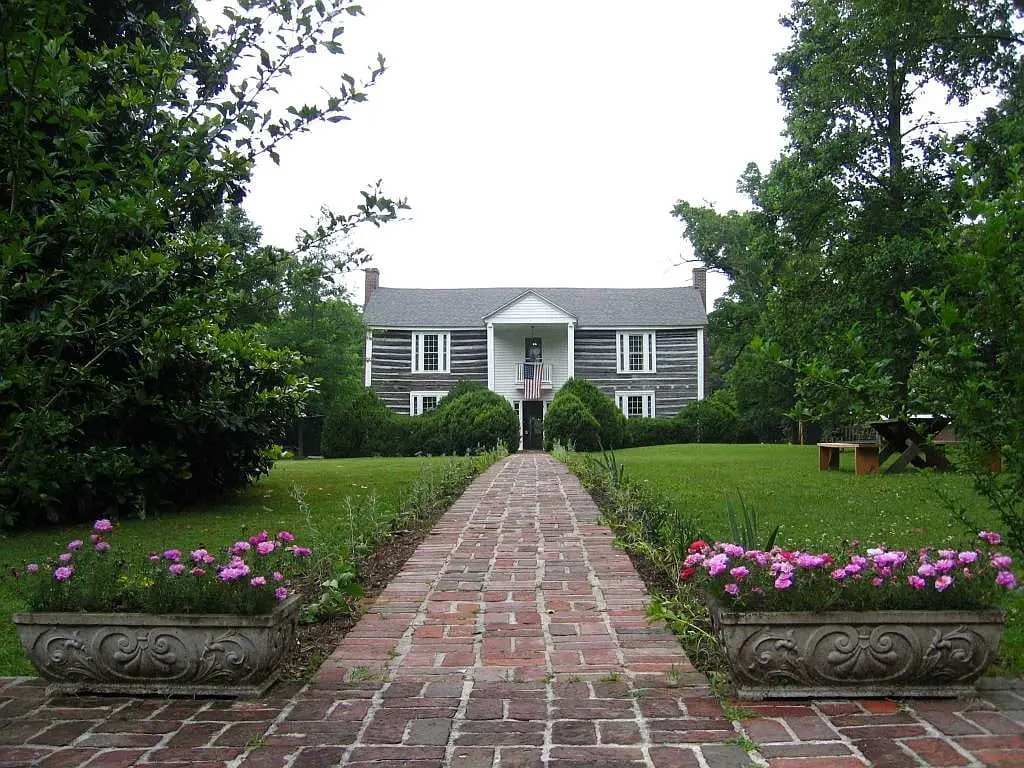
Post-war, the manor underwent further changes, both structural and functional. It transitioned from a plantation house to a more modern dwelling, adapting to the changing times. Yet, it retained its historical essence, blending the old and the new, making it a fascinating subject for historians and visitors alike.
The Enslaved and Tenant Farmers of Davies Manor
The manor's history is incomplete without acknowledging the lives of the enslaved people and tenant farmers who toiled on its lands. Research initiatives started in 2009 have been instrumental in piecing together their stories. These efforts have unearthed various records, including birth ledgers for enslaved people, promissory notes, and bills of sale, offering a glimpse into their lives.
While the Davies family's papers provide valuable insights, they lack the perspectives of the enslaved people themselves. However, oral interviews with descendants of African Americans enslaved at Davies Plantation have added another layer to the narrative. These interviews have helped researchers understand the social dynamics and daily lives of those living in the manor's shadows.
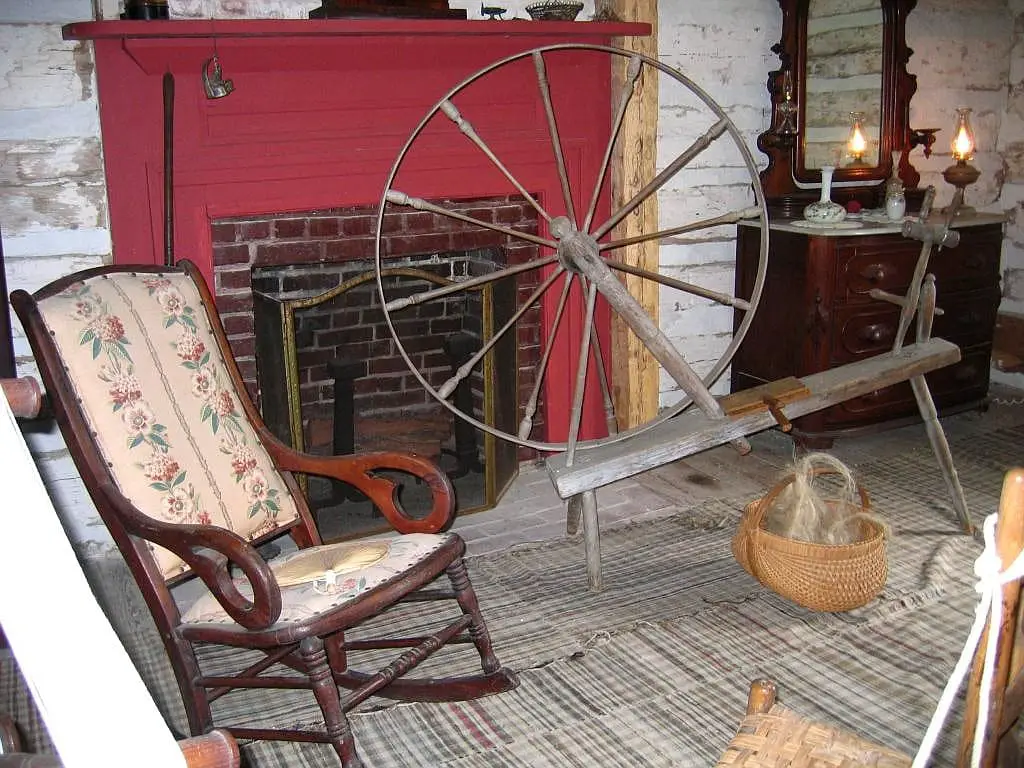
The end of the Civil War brought significant changes to the manor and its inhabitants. Many enslaved people gained their freedom, and some lived in the area as sharecroppers. Their contributions to the estate and the community are vital to the site's history, deserving recognition and remembrance.
Ongoing research aims to delve deeper into the lives of these individuals. The manor serves as a poignant reminder of a complex past, urging us to confront uncomfortable truths while celebrating the resilience and contributions of those who lived and worked there.
Davies Manor as a Historic Site
In 1975, Davies Manor was added to the National Register of Historic Places, a significant milestone in its journey towards preservation. The following year, the Davies Manor Association was established to maintain and interpret the site. These developments were crucial in safeguarding the manor's historical and architectural integrity.
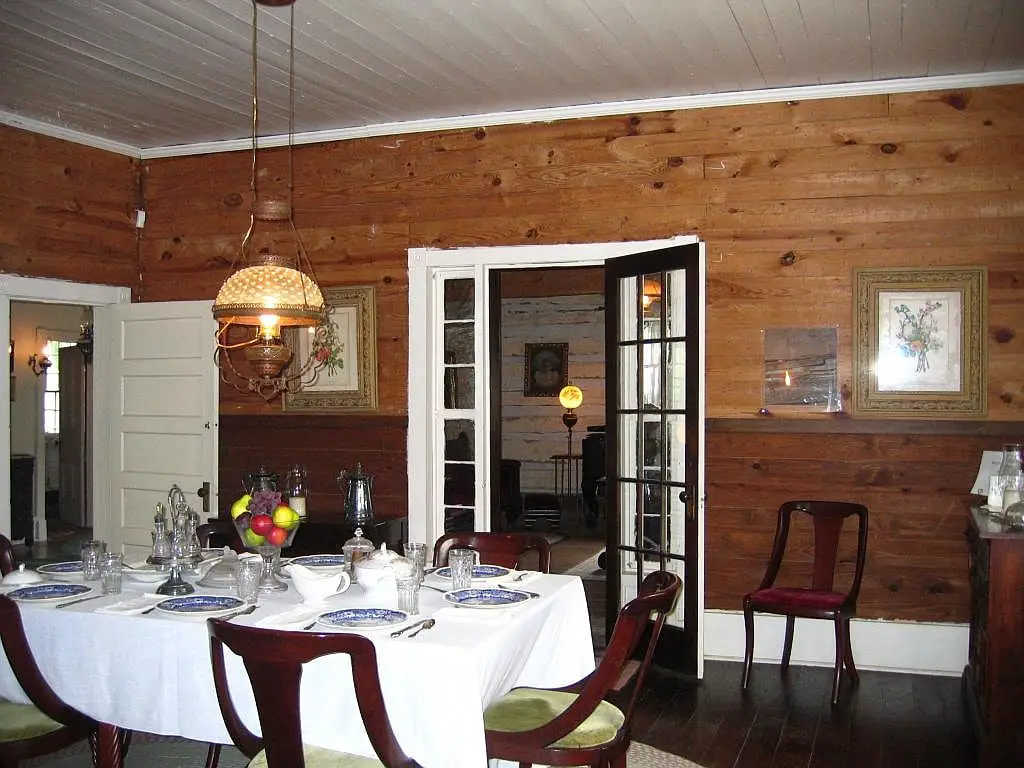
The property is not just a house; it's a sprawling 32-acre estate complete with outbuildings, gardens, and walking trails. In 1976, it received a Century Farm Certificate from the Tennessee Department of Agriculture, recognizing its long-standing role as a farm. These accolades have helped elevate the manor's status, drawing attention from historians and tourists alike.
The manor's interpretive program offers docent-led tours, providing visitors a comprehensive understanding of its history. A standing display exploring the complex history of enslavement and tenant farming at Davies Plantation enriches the experience for those who visit. For those looking for things to do in Memphis, Tennessee, a self-guided walking tour of the grounds and outbuildings is necessary.
In May 1998, the manor received a Certificate of Merit from the Tennessee Historical Commission. It was also certified by the National Wildlife Federation, acknowledging its role in preserving local flora and fauna. These recognitions underscore the manor's multifaceted significance, making it a treasure trove of history, culture, and natural beauty.
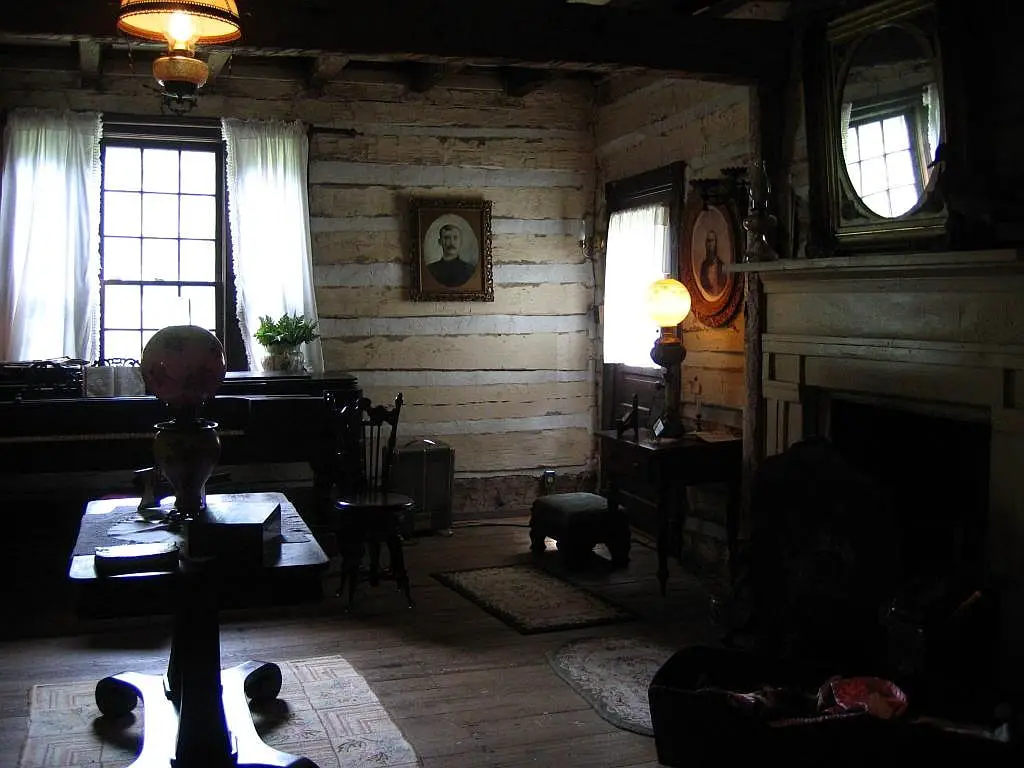
The Manor in Modern Times
Fast forward to 2023, and Davies Manor is a hub of educational and cultural activities. Its interpretive programs have evolved, incorporating modern technology to enhance the visitor experience. The manor is not just a relic of the past; it's a living, breathing entity that continues to educate and inspire.
The manor's 32-acre property is a haven for nature lovers. It features historic log cabins, gardens teeming with local flora, and a wooded arboretum walking trail. The manor's natural features serve as an idyllic retreat from urban chaos, providing a peaceful backdrop for contemplation and leisure.
For individuals keen on engaging with the community, the manor is a hub for diverse events all year round. From quilt shows to educational workshops, there's something for everyone. The mansion is a community center fostering social interactions and cultural exchange.
The manor has also recently received several awards and recognitions, adding to its prestige. It continues to attract visitors, scholars, and history enthusiasts, making it a vital part of Bartlett's cultural landscape. Its enduring relevance is a testament to the efforts of those who have worked tirelessly to preserve its legacy.
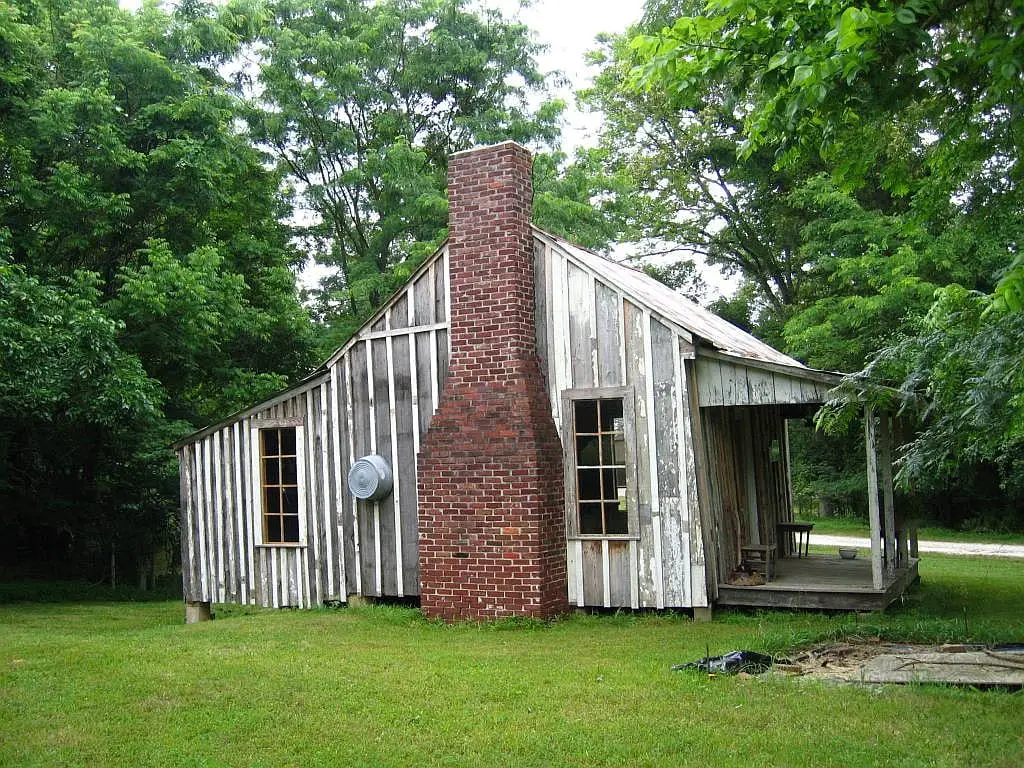
Recent Events and Future Prospects
The manor is not just a static monument; it's a dynamic entity that continues to evolve. One of the highlights of 2023 was the 27th annual Davies Manor Quilt and Fiber Arts Show. This event showcased the community's artistic talents, drawing a large crowd of enthusiasts and curious visitors.
The manor has also gained popularity as an event venue. Its rustic charm and historical significance make it a unique setting for special occasions, from weddings to corporate gatherings. Its versatility is one of its most vital assets, allowing it to adapt to the community's changing needs.
Looking ahead, the manor has several exciting projects in the pipeline. Plans are underway to expand its interpretive programs, introduce new exhibits, and enhance visitor amenities. These initiatives aim to make the manor more accessible and engaging, ensuring its continued relevance in the years to come.
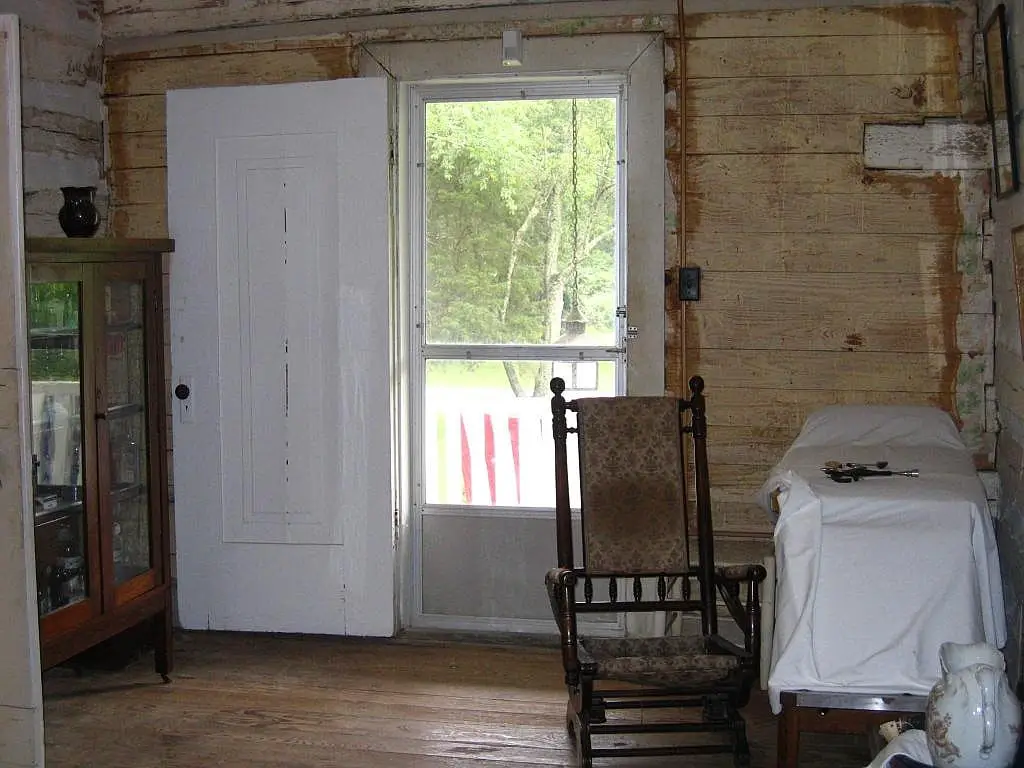
Conclusion
Davies Manor serves as a living monument to the complexities of American history. From its humble beginnings as a log cabin to its current status as a historic site, it has witnessed the lives of diverse individuals. Its walls have absorbed the stories of the Davies family, the enslaved people, and the community that has grown around it.
The manor has evolved into a multifaceted educational resource through ongoing preservation efforts. It offers a nuanced understanding of the past, while its gardens and natural settings provide a sanctuary for the present. It's a place where history and nature merge, offering a holistic experience for visitors.
The manor's recent events and prospects indicate its enduring relevance. It continues to adapt, reflecting the changing times while staying true to its historical essence. It's a place that invites exploration, challenges perceptions, and fosters community engagement.
In closing, Davies Manor is not just a historical site; it's a tapestry of stories, cultures, and experiences. It's a place that encourages us to make meaningful connections between the past and the present, enriching our understanding of the world around us.
